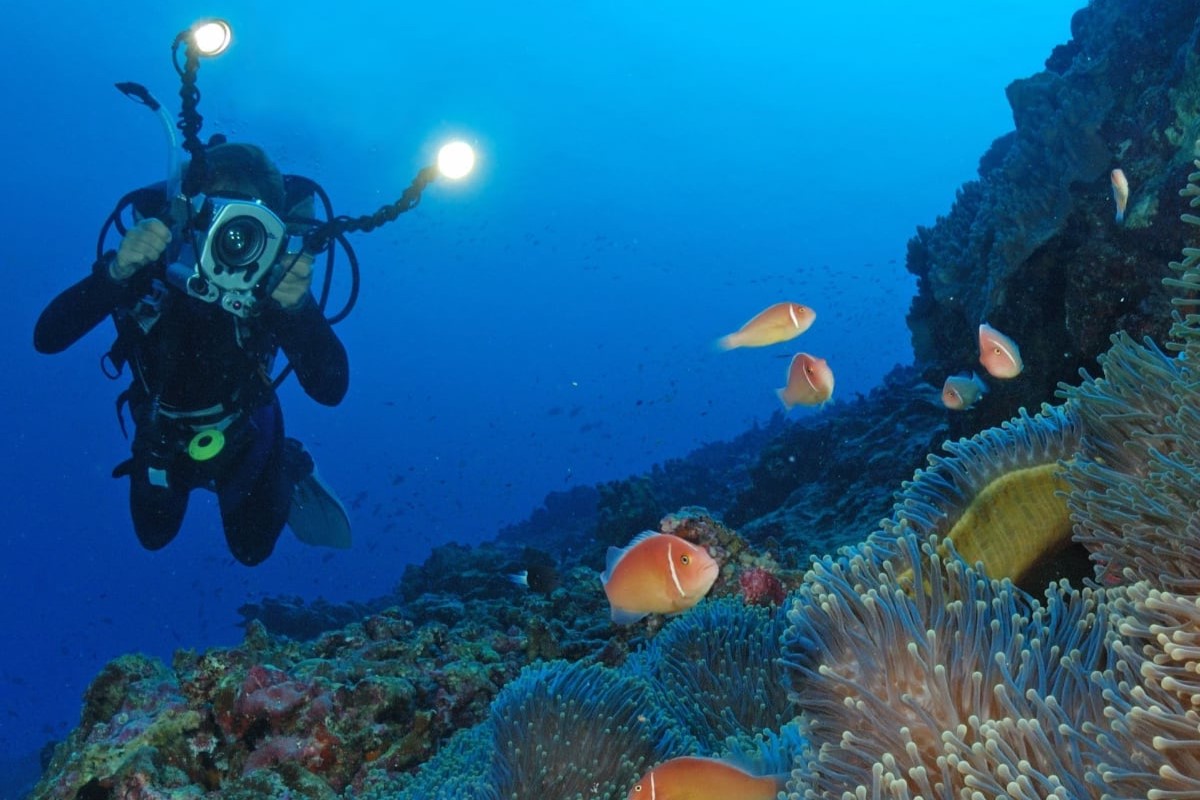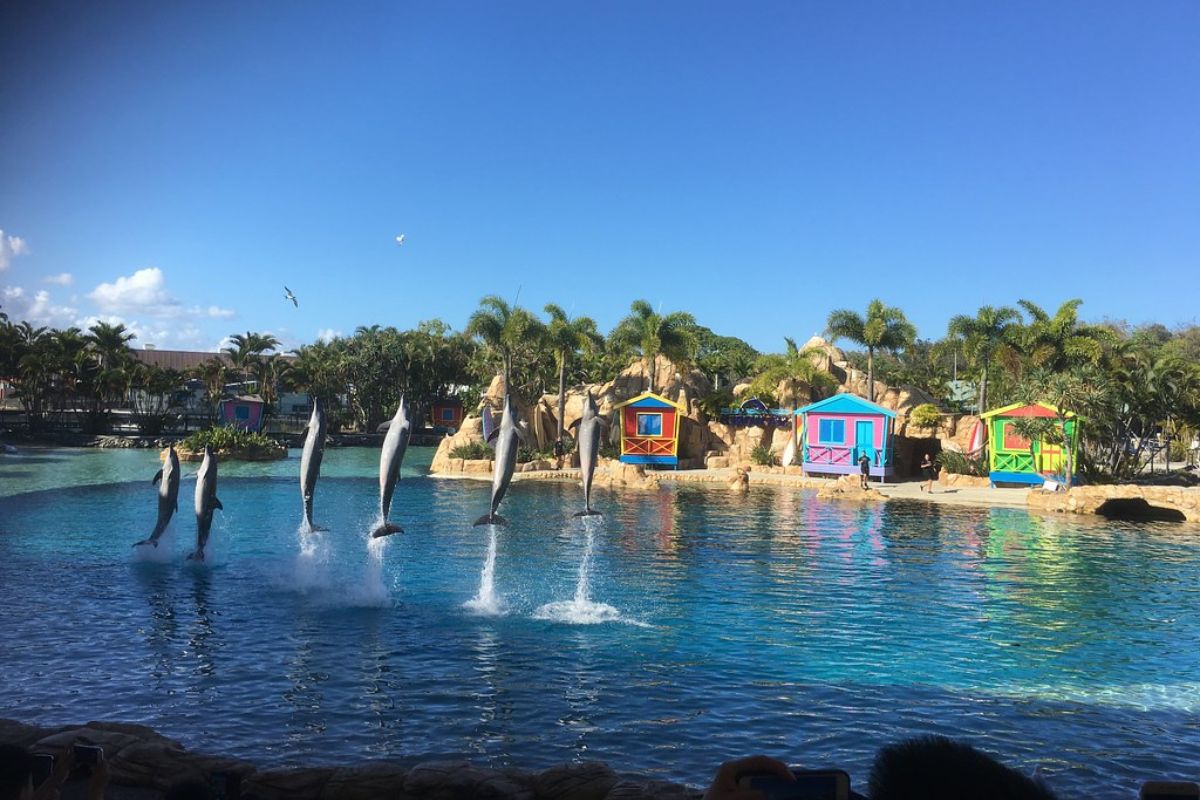
Christmas Island Reefs are a hidden gem in the Indian Ocean, teeming with vibrant marine life and stunning coral formations. Ever wondered what makes these reefs so special? Christmas Island boasts some of the most pristine and diverse underwater ecosystems on the planet. From colorful fish to unique coral species, the reefs here are a diver's paradise. But there's more to these reefs than just their beauty. They play a crucial role in the health of our oceans and provide a habitat for countless marine creatures. Ready to dive into some fascinating facts about Christmas Island Reefs? Let's explore what makes this underwater world so extraordinary!
Christmas Island Reefs: A Hidden Gem
Christmas Island, located in the Indian Ocean, is renowned for its stunning reefs. These underwater ecosystems are teeming with life and offer a unique glimpse into marine biodiversity. Here are some fascinating facts about Christmas Island reefs.
Unique Marine Biodiversity
The reefs around Christmas Island are home to a variety of marine species, some of which are found nowhere else on Earth.
- Endemic Species: Christmas Island boasts several species that are endemic, meaning they exist only in this location. The Christmas Island Frigatebird is one such example.
- Coral Diversity: Over 80 species of coral can be found in these reefs, creating a vibrant underwater landscape.
- Rare Fish: The Red-Finned Blue-Eye fish is a rare species that calls these reefs home.
- Migratory Stop: The reefs serve as a crucial stopover for migratory whale sharks, the largest fish in the ocean.
Geological Wonders
The reefs are not just biologically rich but also geologically fascinating. They offer insights into the Earth's history and natural processes.
- Volcanic Origin: Christmas Island itself is of volcanic origin, and the reefs are formed from ancient lava flows.
- Limestone Formations: The reefs feature unique limestone formations that have been shaped over millennia.
- Caves and Grottos: Underwater caves and grottos are scattered throughout the reefs, providing shelter for various marine creatures.
- Tectonic Activity: The island sits on the Indo-Australian Plate, making it a hotspot for tectonic activity that influences reef formation.
Conservation Efforts
Efforts to preserve these reefs are crucial for maintaining their biodiversity and ecological importance.
- Marine Protected Areas: Parts of the reefs are designated as Marine Protected Areas to safeguard their unique ecosystems.
- Coral Restoration: Initiatives are underway to restore damaged coral reefs through coral gardening and other techniques.
- Sustainable Tourism: Eco-friendly tourism practices are encouraged to minimize human impact on the reefs.
- Research Programs: Ongoing research programs aim to study and protect the reefs' biodiversity.
Cultural Significance
The reefs hold cultural importance for the local communities and have historical significance.
- Traditional Fishing: Local communities have relied on the reefs for traditional fishing practices for generations.
- Historical Shipwrecks: Several historical shipwrecks lie within the reefs, offering a glimpse into maritime history.
- Cultural Festivals: Festivals celebrating the marine life and reefs are held annually, fostering a sense of community and conservation.
Adventure and Exploration
For those seeking adventure, the reefs offer numerous opportunities for exploration and excitement.
- Scuba Diving: The reefs are a popular destination for scuba diving, attracting divers from around the world.
- Snorkeling: Snorkeling in the clear waters provides an up-close view of the vibrant marine life.
- Underwater Photography: The reefs are a paradise for underwater photographers, offering stunning visuals.
- Kayaking: Kayaking around the reefs allows for a unique perspective of the island's coastline.
Environmental Challenges
Despite their beauty, the reefs face several environmental challenges that threaten their existence.
- Climate Change: Rising sea temperatures and ocean acidification pose significant threats to coral reefs.
- Pollution: Marine pollution, including plastic waste, affects the health of the reefs and their inhabitants.
Final Thoughts on Christmas Island Reefs
Christmas Island reefs are a treasure trove of marine biodiversity. These underwater ecosystems host vibrant coral formations, unique fish species, and other marine life. The island's isolation has allowed these reefs to thrive, making them a must-see for divers and marine enthusiasts.
Protecting these reefs is crucial. Human activities, climate change, and pollution pose significant threats. Conservation efforts are essential to preserve this natural wonder for future generations.
Visiting Christmas Island offers more than just stunning reefs. The island's rich history, diverse wildlife, and unique culture provide a well-rounded experience. Whether you're an avid diver or a nature lover, Christmas Island has something for everyone.
So, next time you're planning a trip, consider exploring the wonders of Christmas Island reefs. You'll not only witness breathtaking beauty but also contribute to the conservation of this incredible ecosystem.
Was this page helpful?
Our commitment to delivering trustworthy and engaging content is at the heart of what we do. Each fact on our site is contributed by real users like you, bringing a wealth of diverse insights and information. To ensure the highest standards of accuracy and reliability, our dedicated editors meticulously review each submission. This process guarantees that the facts we share are not only fascinating but also credible. Trust in our commitment to quality and authenticity as you explore and learn with us.


